After ACL surgery, bruising can be a common part of the healing process. For patients recovering from procedures like ACL …
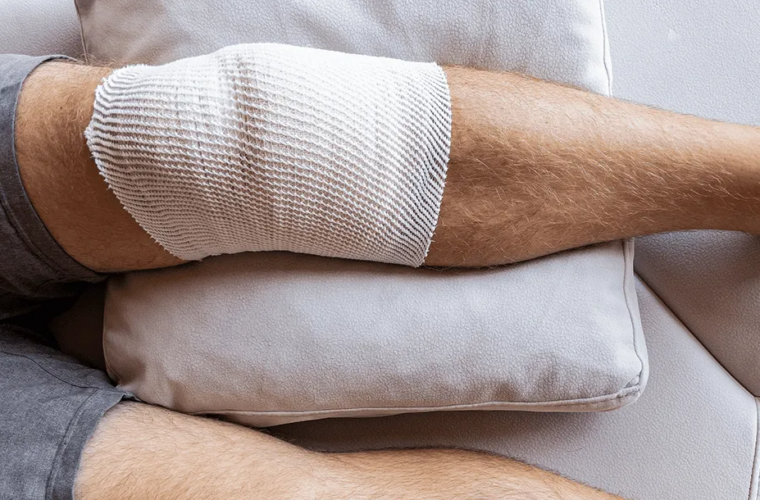

After ACL surgery, bruising can be a common part of the healing process. For patients recovering from procedures like ACL …
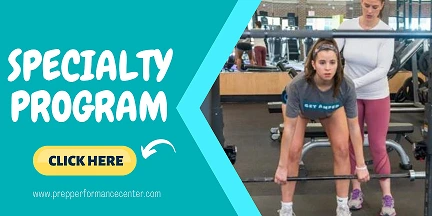
Specialty Programs Specialty Programs at our Physical Therapy clinic provide patients with tailored and comprehensive care for their specific needs. …
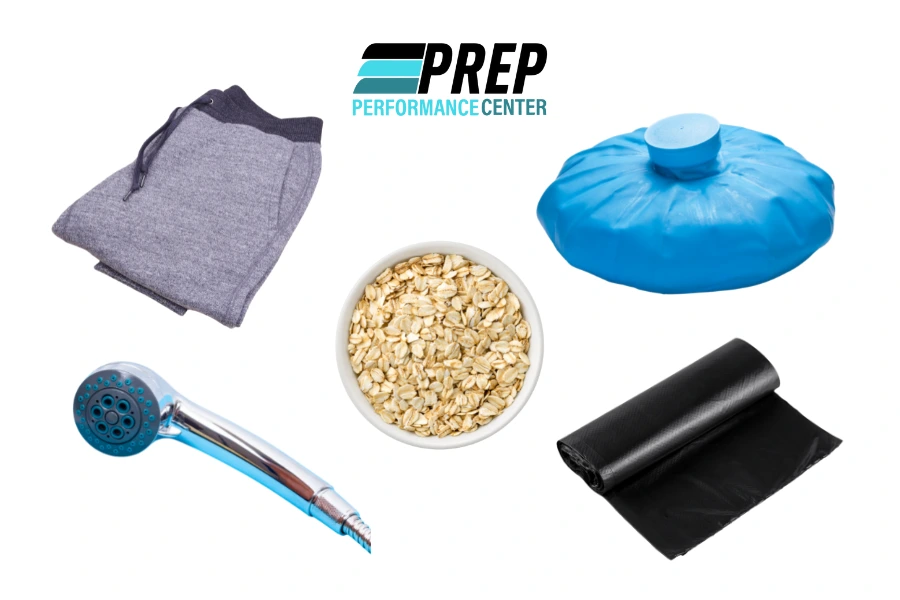
Preparing for ACL surgery can seem intimidating, if not overwhelming. Here are a few suggestions on items you should have …
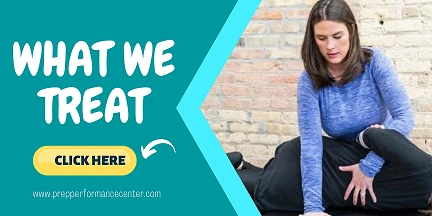
What We Treat At our Physical Therapy clinic, we specialize in comprehensive care for a wide range of conditions and …
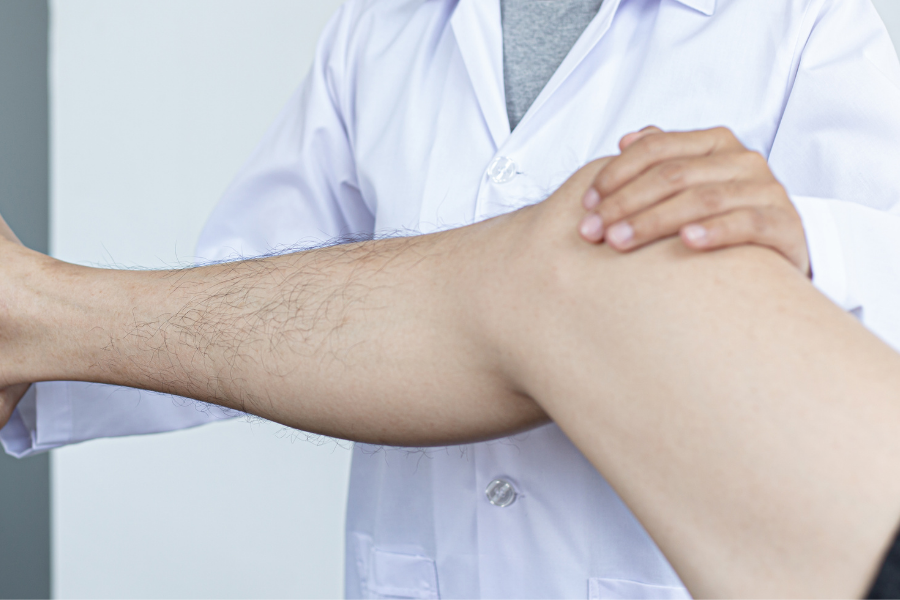
Knee Crack | If you’re recovering from ACL surgery and worried whether the noises from your knee are a warning …
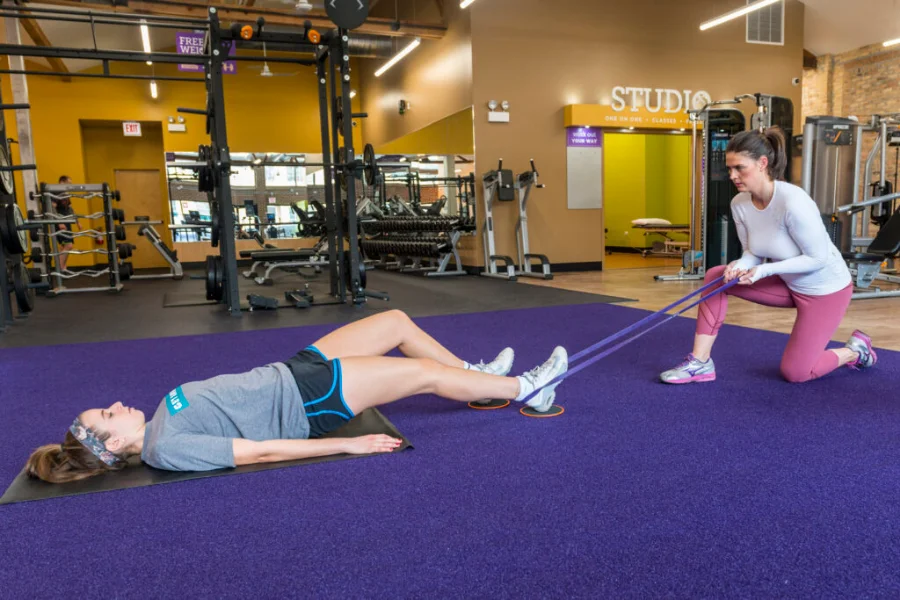
In our last blog, we discussed anterior cruciate ligament (ACL) injuries and how to prevent them. However, the unfortunate truth …
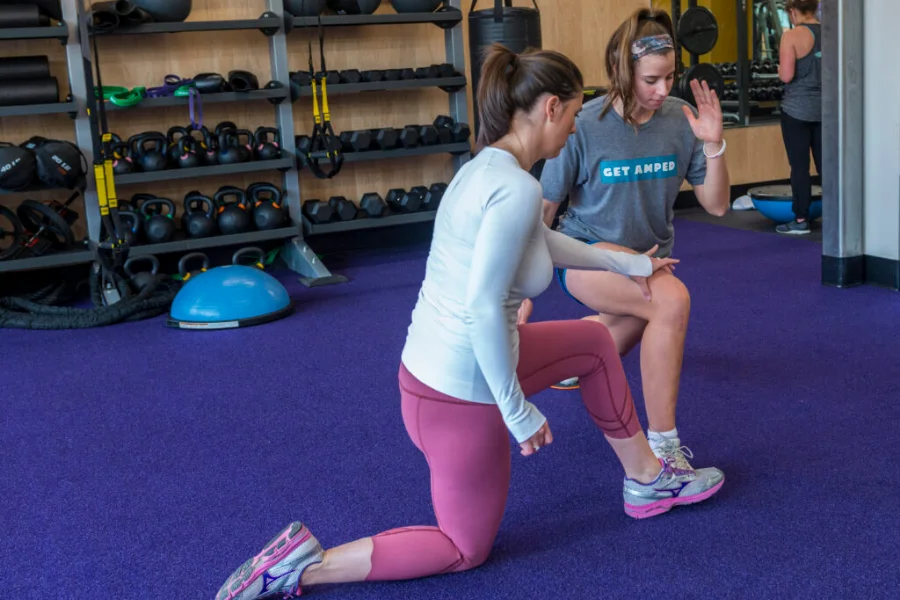
Treating ACL – Are you passionate about lacrosse? Do you have a child who is passionate about lacrosse? This sport …
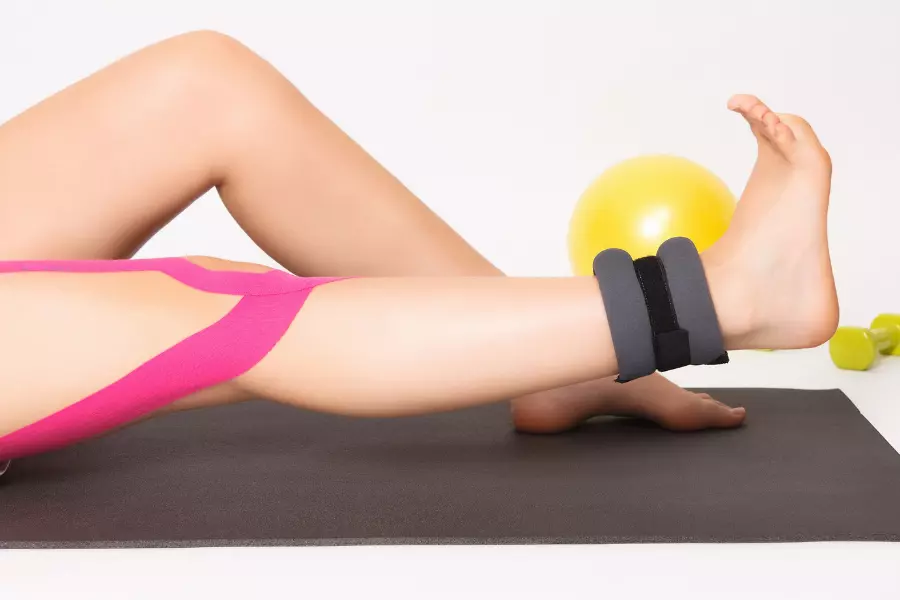
Individualized post-surgical rehab with a physical therapist not only minimizes your pain but also accelerates your rate of healing (and return to sport or work).
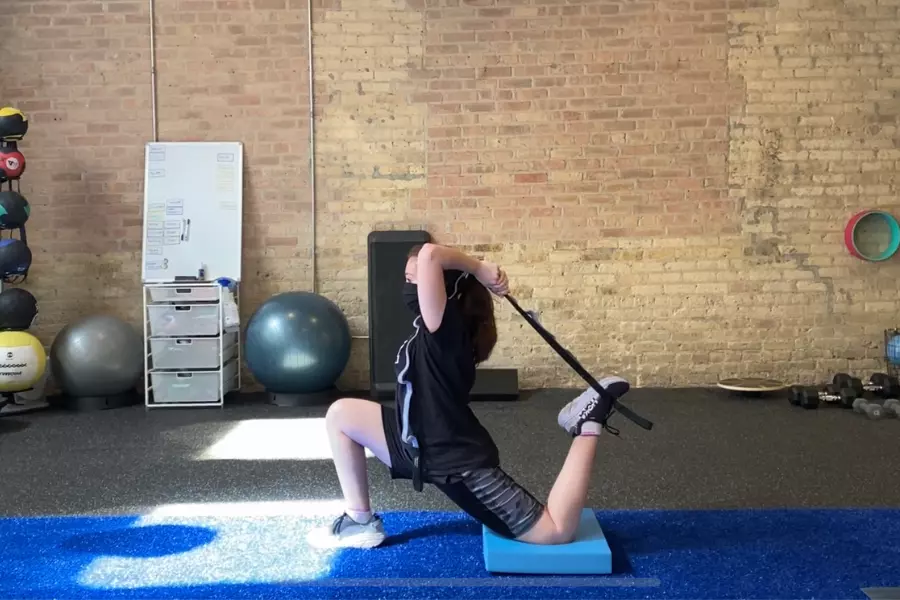
Being physically strong, flexible, and as healthy as possible will help you quickly regain normal function following the surgery.
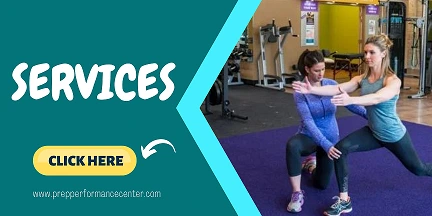
Our Services At our physical therapy clinic, we believe in the power of movement and its ability to transform lives. …